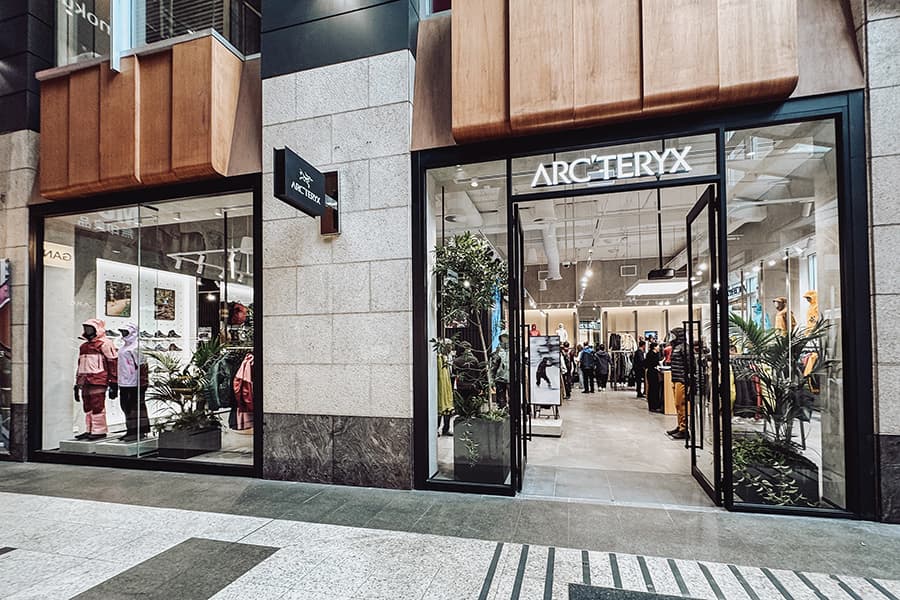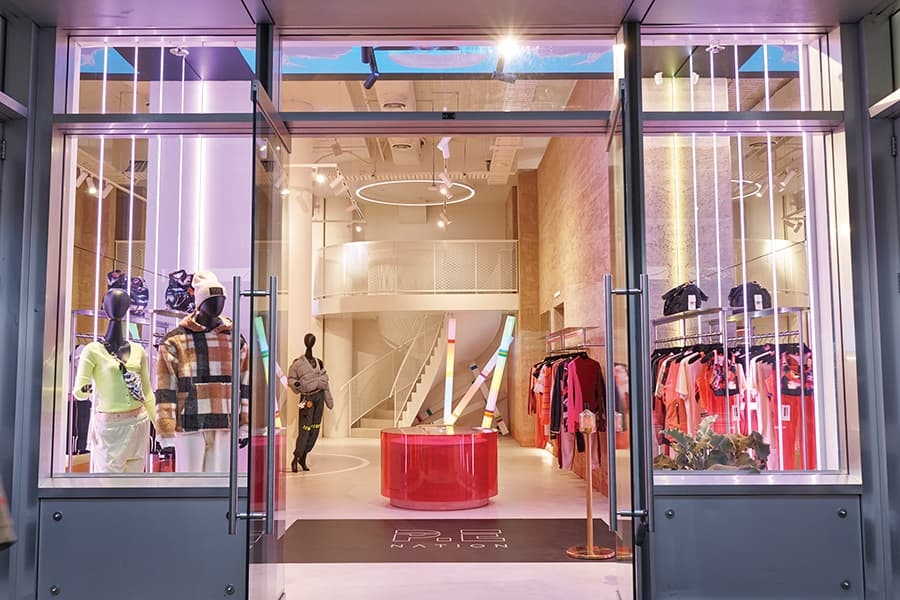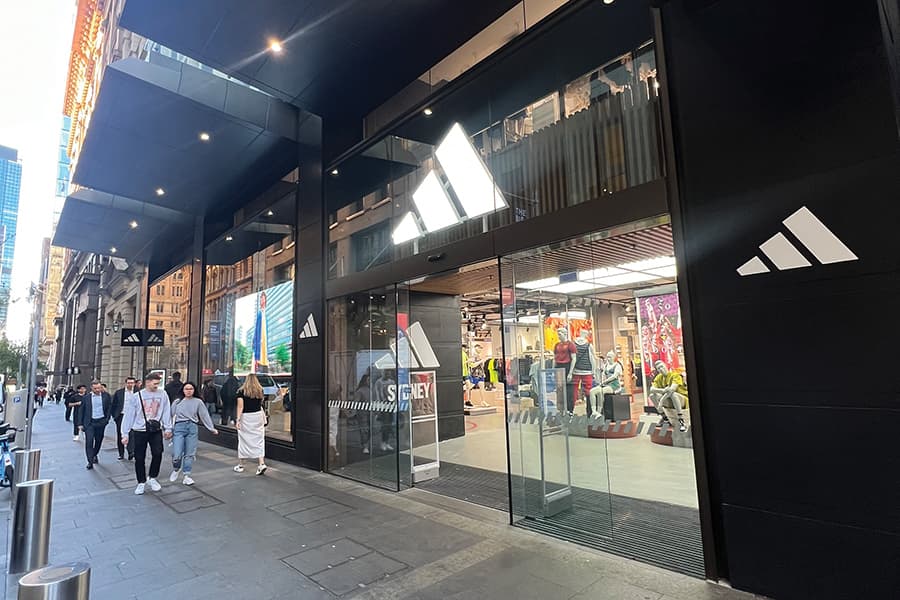New retail brands have their eyes on Australia. We represent a sophisticated and wealthy market along with a tourist market that loves to shop. CBRE’s Leif Olson explores some of the ‘emerging retail brands’ that have arrived in Australia. Others are on their way…
Demand for physical retail space remains strong, despite the challenges of a softer economy, slower consumer spending and the strength of e-commerce. CBRE research shows one of the main drivers of this demand in 2024 is retail brands looking to expand their footprint in Australia. This includes international brands entering the market, emerging brands establishing a bricks-and-mortar presence, and luxury brands expanding flagship stores. Understanding what retail brands want as they navigate the current landscape is vital for owners looking to stand out in the crowded market and secure top tenants.
Emerging brands
Emerging brands, often disrupters in their markets, are increasingly looking to expand their reach in Australia and bricks-and-mortar are a key part of their strategy. We’re seeing these brands come from a range of retail categories including beauty, wellness, clothing, luggage, homewares and F&B. These brands are open to a range of ways to launch in market with some choosing a licence or partnership model to provide a de-risked entry strategy.
The success of many of these brands stems from their deep connection with their customers – particularly young consumers – built from their origins as an online only offering. These brands build community via social media, largely on Instagram and TikTok, using engaging content and influencers to showcase their points of difference as disrupters in the market.
As momentum builds and these brands gain traction in the market, the natural progression we see is expansion to a physical store. One Australian brand that has done this very well is luggage brand July.

July, The Galeries
After launching online in 2019, July has since expanded its offering to include flagship stores in Melbourne’s Chadstone Shopping Centre, The Galeries in Sydney’s CBD, luxury precinct James Street in Brisbane, and international expansion in the UK, Singapore, Malaysia, Hong Kong SAR, and China Mainland. It has also recently collaborated with the Australian Olympic team to design their luggage for the Paris Olympics, which will significantly increase their brand visibility globally.
Consumers love disrupter brands, especially ones with a clear identity and purpose and, increasingly, we are seeing owners looking to these types of brands to bring a more diverse mix of retailers to their centres.
An example of this is The Galeries in Sydney which has secured flagship store tenancies with activewear brand PE Nation and outdoor clothing brand Arc’teryx, with these brands having only one flagship store in the city rather than diluting their presence with a multi store strategy.

Arc’teryx, The Galeries
Expansion into Australia Australia is a sought-after destination for international brands. When they are planning expansion, brands are looking for stable, mature markets and our resilient economy, consumer demographics and investment in creating world-class shopping precincts are key reasons our market is so attractive. Australians also have a reputation for being savvy consumers who are receptive to new brands and pick up global trends quickly.
Something we are increasingly seeing is international retailers, particularly fashion, who have already successfully launched their high profile brands in Australia now looking to bring other brands from their stable into the market.
Australia’s robust tourism industry gives international retailers confidence to invest in expansion here. Tourists, both domestic and international, wield significant spending power and contribute to the retail sector’s growth. In 2023, international tourists spent $43.1 billion in Australia. In particular, the return of travellers from the US, UK, Japan and South Korea – which have high luxury spend per capita – gives retailers the opportunity to capture a slice of this revenue in addition to domestic spending. Owners who secure globally recognised brands that are aligned to international visitors’ shopping preferences will maximise the potential of the recovering tourism market and drive long-term growth in the retail sector.

PE Nation, The Galeries
Focus on elevated customer experience Now more than ever, we are seeing Australian and international brands with a renewed focus on delivering an exceptional customer experience. Innovation is crucial to delivering this for consumers and we’re seeing this play out in both improved product offerings and store design. Across the sector a surge of mature brands are investing in flagship stores.
In particular, brands are looking to move from being stocked in an aggregator store to their own exclusive store like luxury watch brand Richard Mille, which is rumoured to have secured a flagship site in Sydney’s CBD.
Flagship stores are iconic spaces that serve as brand showcases and deliver an immersive, curated experience for consumers and provide owners with the opportunity to secure tenants for the long term. We are seeing a trend of mature brands – from Louis Vuitton to LEGO – wanting to create larger and more impactful stores. CBDs are still very attractive to brands wanting to do something different with their bricks-and-mortar stores. We’ve seen luxury car brands Cupra and Genesis Motor open on Sydney’s Pitt Street where Adidas has a prominent 1,200m2 flagship.

Adidas flagship store, Pitt Street, Sydney
Other brands are looking beyond the well-trodden path of established precincts in the CBD in favour of more accessible, mainstream locations like shopping centres.
The good news is Australia’s ongoing investment in world-leading retail precincts – from bustling city centres to suburban hubs – means there is an excellent supply of well-designed spaces that provide an ideal canvas for brands to showcase their offerings.
While location remains a crucial factor in securing high-profile tenants, it’s now only one part of the complex consideration process for brands looking to widen their reach in Australia.
Owners who are willing and able to invest in future-proofing their assets will be best placed to attract and retain international and emerging brand tenants. Flexibility is key and owners who create spaces that can accommodate brand growth and respond swiftly to changing needs will benefit most.
This article by Leif Olson, Head of Retail Leasing Australia, CBRE is published in the latest edition of SCN magazine. 




















